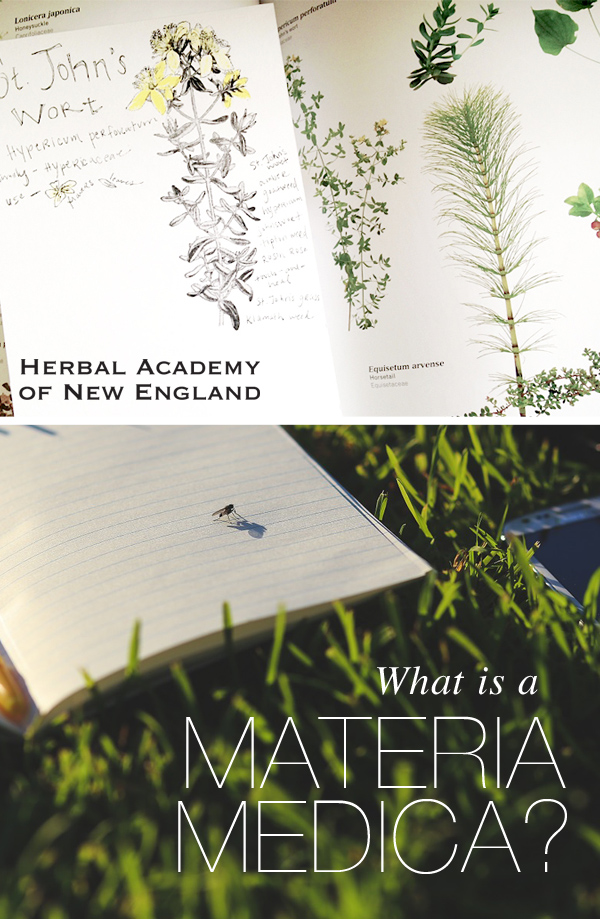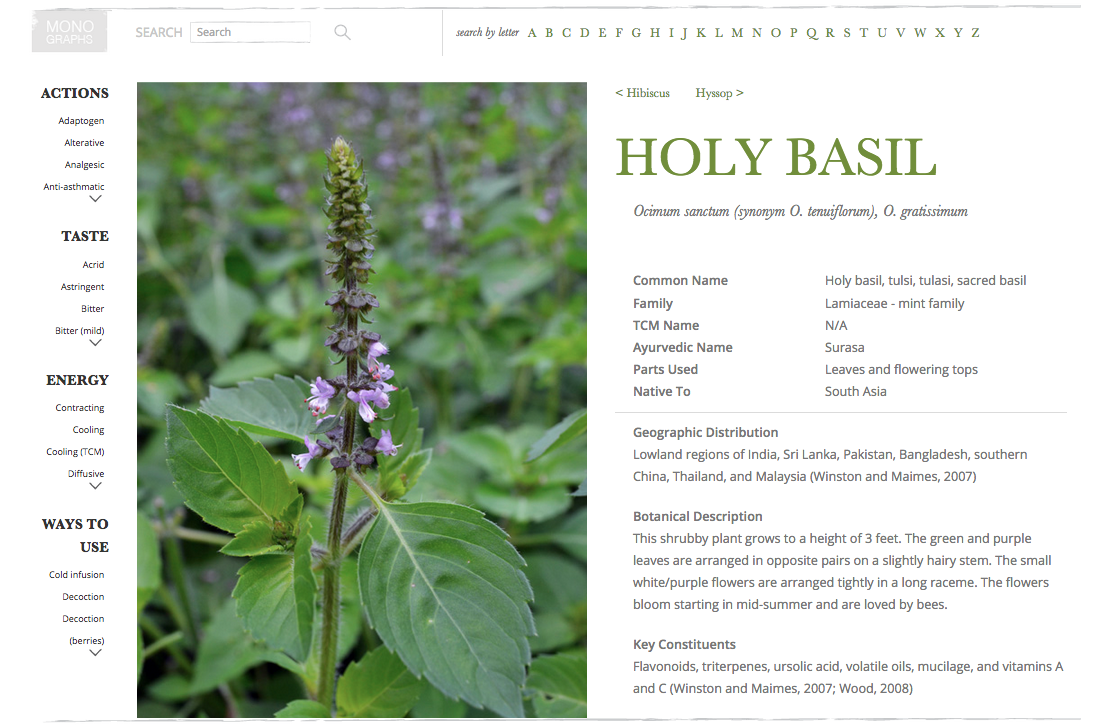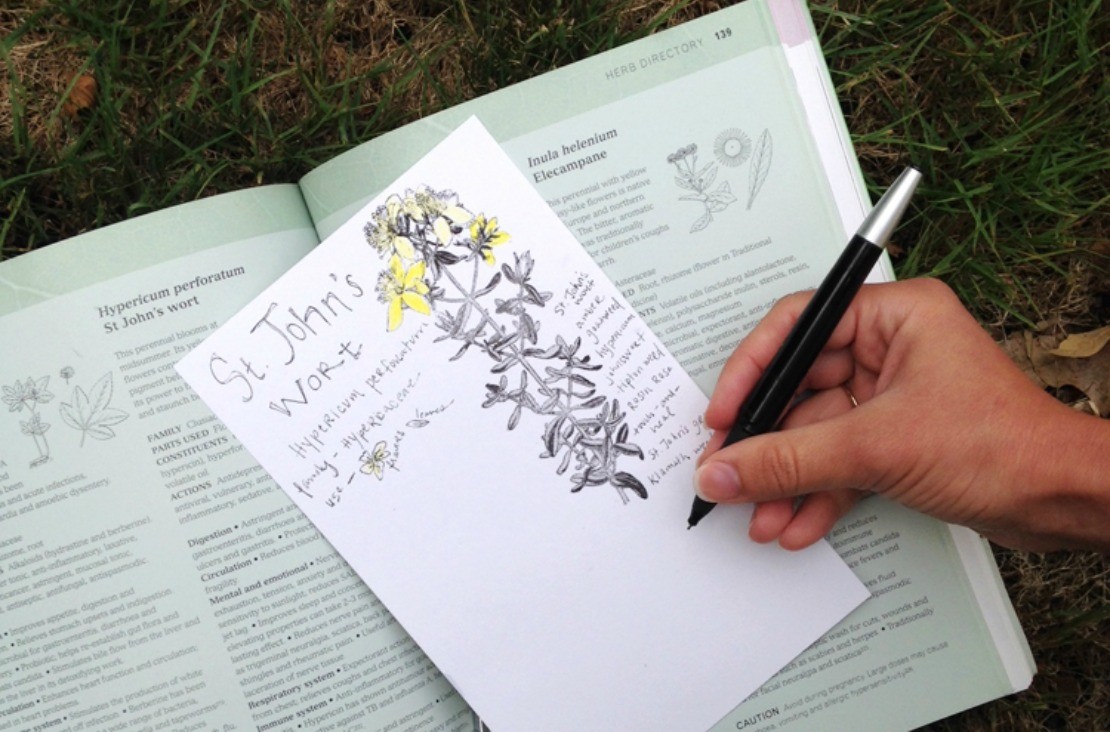
What is a Materia Medica?
Every field of study employs its own language, words, and phrases that become an integral part of engaging with the discipline. In herbalism, one such phrase is “materia medica,” which comes from Latin and literally means “healing materials.” More specifically, a materia medica is a body of knowledge that describes how plants have been used therapeutically throughout the ages. These published works span from ancient times all the way to our modern texts.
These materia medica serve an important role in herbalism. The oldest ones give us insight into how plants were used in the time periods in which they were published. At first, some of the language is puzzling, and it often takes a willingness to study the historical context of the writing before the older materia medicas begin to make sense. But once they do, we can begin to discern the common threads from history that have woven their way into our modern uses and that inspire modern clinical trials and scientific research. Some of our modern herbalists have also written brilliant materia medica, and the patterns they discuss and connections they describe can help us build our own herbal skills in significant ways.
Although reading materia medica is a good way to deepen your knowledge, learning is also about being hands-on. Here at the Herbal Academy, building a personal materia medica is one of the major projects our Intermediate students undertake, and it’s a useful learning tool that all herbalists can benefit from – beginners straight through advanced. As a personal learning tool, the materia medica is a cross between an herbal journal and a study aid, and it grows slowly as each herb is studied in-depth. If you think that crafting your own materia medica is something you would like to try, take a look at the following guidelines to help get you started.
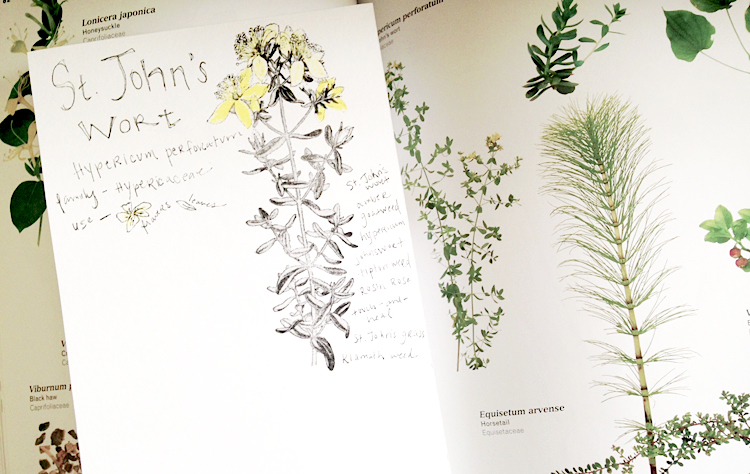
Crafting Your Own Materia Medica
You should first decide on the basic form your materia medica will take. Would you like a notebook or journal format, or would you prefer to use notecards in a file box? Some herbalists use a three-ring binder so they can easily add and organize pages, while others prefer a computer file for quick editing or better legibility.
Some older manuscripts have beautiful illustrations, and you might want to add sketches, drawings, or photos of plants to help with identification. Other materia medicas are word-based with no visuals or illustrations, but if you don’t know an herb by sight, adding a visual representation to your materia medica is a good idea.
Creating Each Herbal Profile
The list that follows will help you create a framework for your materia medica, but as learn more about a specific herb, you can include as much information as you desire. Don’t let yourself get overwhelmed with the process, though – take each herb a little at a time and work at it over several sessions. It may be best to leave room in your materia medica so that you can add more information later on as you gain more hands-on experience with your herbs.
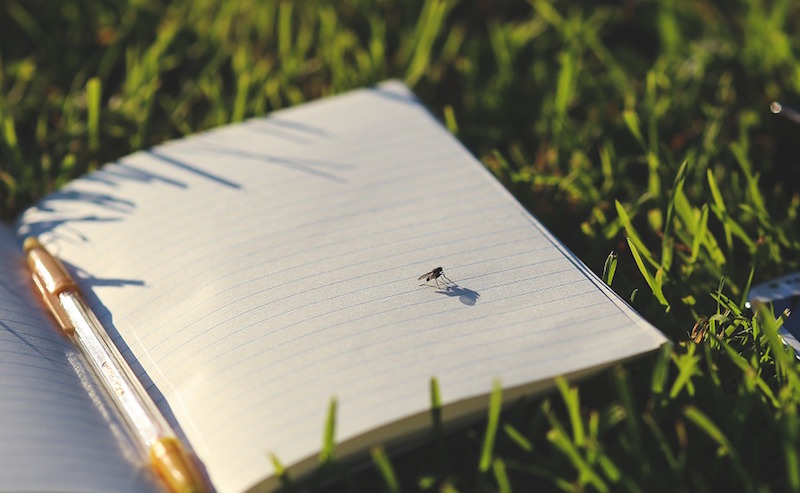
Information To Include In Your Materia Medica
Herb Identification
Latin binomial; common names; parts used; growing information or preferred habitat; how and when to harvest. A visual reference is great for this section, and you may want to include a botanical description, too.
Actions and Energetics
The actions of an herb are the traditional pharmacology notes that describe what the herb does (like whether the herb is astringent or diuretic); Energetics are descriptions of how the herb behaves in the body (These take constitution into consideration- an herb can be cooling, moistening, warming, or drying.)
Specific Indications
Sometimes, you may read about or discover times when an herb is particularly well suited to a specific purpose. Whether the herb is appropriate for a specific kind of individual or a detailed circumstance, this is the place to note this information.
Clinical and Contemporary Use
This is the place to add notes from modern news sources and references to scientific literature and clinical trials.
Traditional Use and Folklore
This section is perfect for the interesting historical uses and lore associated with an herb.
Safety Issues and Precautions
Any known side effects should go in this section; cautions regarding use by children or use during pregnancy; potential drug interactions or allergies.
Combinations and Similar Herbs
Recipes or formulas (historical, or of your own devising); other herbs with similar uses (These become a great tool for cross-referencing.)
This close study of holy basil on Mother Earth News provides a great example of how an herbal profile for your materia medica can look when it’s finished.
Start Building your Materia Medica with these free pages!
Finding Good Information For Your Materia Medica
It may seem like a daunting task to find credible information for your materia medica, but there are many valuable resources available. If you would like some good resources to get you started, be sure to take a look at these herbal books worth the investment. A membership to The Herbarium, HANE’s member’s only website, is another wonderful tool to help you build your materia medica. For a sneak peek, take a look at this summer savory profile from the Herbarium’s database.
Regardless of which resources you choose as you study, be sure to look for reliable, well-researched information. And remember, take notes about the books and resources you draw from as you create your profiles, so you can retrace your steps later for fact-checking – or simply for curiosity’s sake.
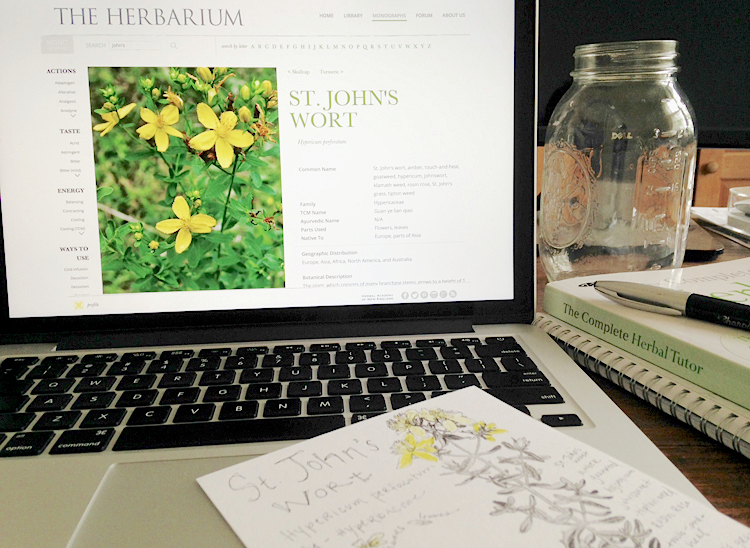
More About The Herbarium
Curious about the Herbarium now that you’ve seen the savory profile? HANE’s Herbarium is as affordable as it is beautiful – and it’s packed with information! Through The Herbarium, not only will you have access to the ever-expanding and continually updated herbal profile database, you will also find in-depth articles on herbal topics, and even member discounts to products and publications such as United Plant Savers and Original Organics. While you build your own material medica, come enjoy ours!
